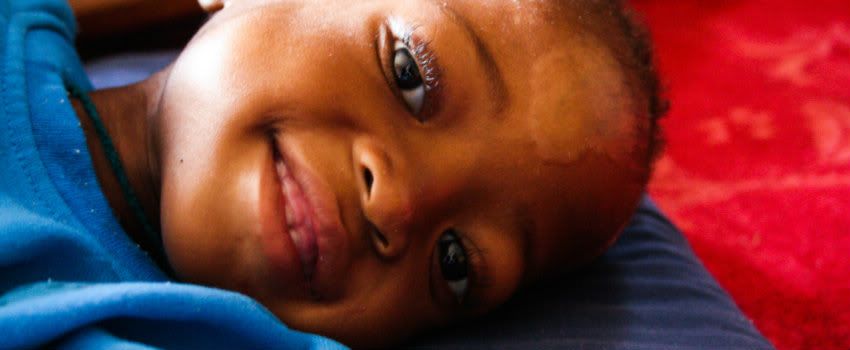 |
| Testing the feasibility to prepare F100 therapeutic milk at the Safe Home |
The time was
short for a task too large. But the question that was really troubling me was
this: Would a well-established, decade-old system have the appetite to change? The
answer was a resounding yes. Fortunately, I had landed amongst people who were
eager to learn what’s new and better to address malnutrition. For instance,
there was curiosity about ways to provide better nutrition support to children
diagnosed with TB and HIV, alternatives to the recipes that the staff had already
mastered, how to provide therapeutic milks at TTL’s Safe Home instead of
relying on the overcrowded District Hospital, and if there could be a better
system to decipher small gains in a child’s weight. Rubbing my hands together,
the nutritionist in me was more than happy to get cracking.
 |
| Lunch time at the Safe Home |
To conduct these assessments, I relied on the latest WHO guidelines for management of Severe Acute Malnutrition (SAM), Lesotho Department of Agriculture’s ‘Lesotho Food Composition Table’ (a great compendium on indigenous foods and recipes), conversations with TTL fellows (past and current), interactions with the TTL staff during outreach visits, countless cups of coffee with Amarula, and, most importantly, play-time with about a dozen of the safe home kids!
For the next two weeks, my goal was to
synthesize the assessments towards one goal: enable TTL to enroll clients at
the right time in the right program (Outreach or Safe Home) and for the right
duration. With the help of the fellows and the management, a week and a half was
more than sufficient to accomplish the following entry-points:
- Up gradation of MUAC tapes and weighing scales to the latest global standards
- Develop a simple spreadsheet for detailed assessment during intake
- Gauge TTL's ability to convert assessment data into individualized nutrition, health and development plans
- Improve existing diet schedule to ensure daily provision of high-quality protein & micronutrients
- Introduce an ‘Appetite test’ to triage medically complicated SAM cases to the District Hospital
- Test the feasibility of preparing and providing timely doses of F-100 - a therapeutic, high-energy, high protein milk supplement
- Introduce an F-100 based diet for clients transitioning from the hospital to the Safe Home
 |
| Outreach team loading food parcels for household-level follow up visits |


No comments:
Post a Comment